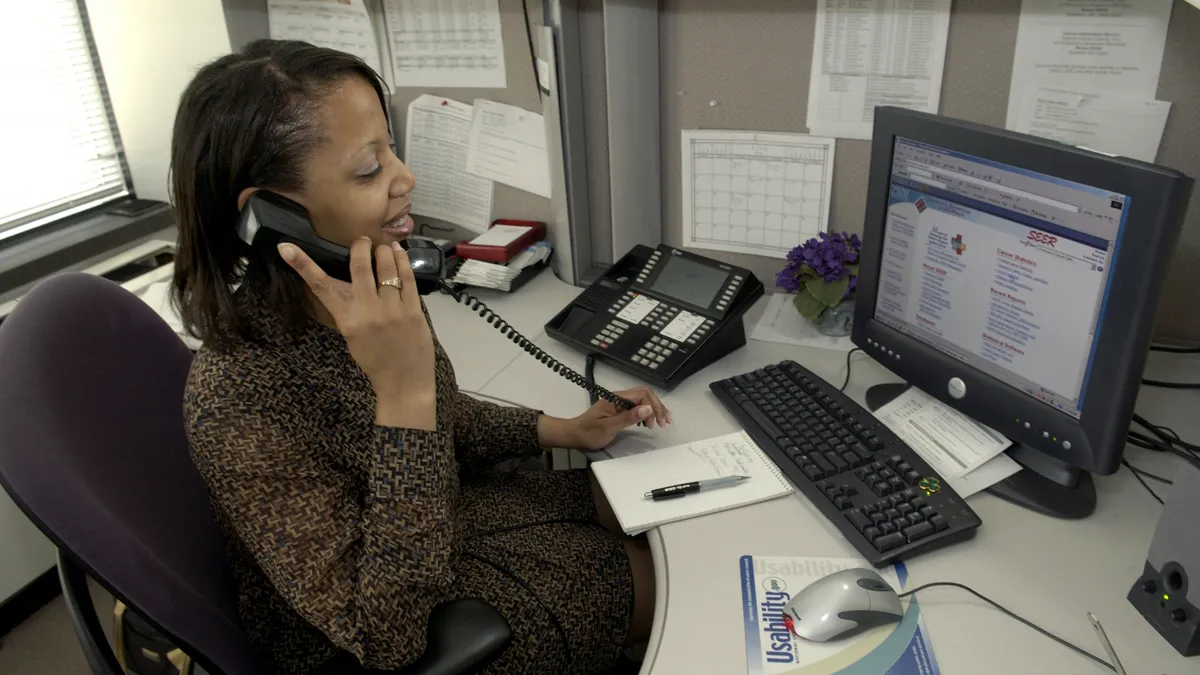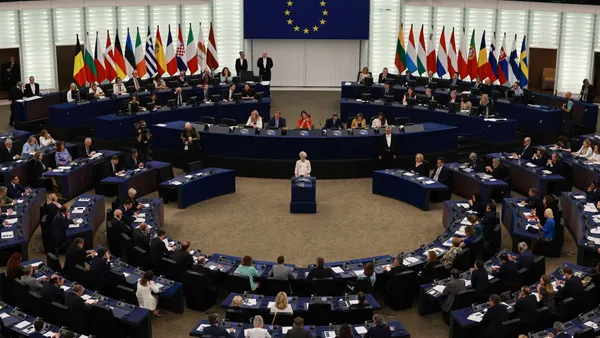Supply management professionals manage hundreds of suppliers, thousands of parts, and a myriad of service providers in a virtual kaleidoscope of problems and opportunities.
This complex web of suppliers often yields a visibility problem for executives. Namely, as disruptions occur, a faulty understanding of a supplier’s value chain may leave companies susceptible to deception and sudden risks.
By contrast, maintaining a tiered contact list of your suppliers’ critical sources allows supply chain managers to be proactive in finding the source of disruption, anticipate missed shipments and prepare with an added time benefit.
Yet not all suppliers are equal, and that remains true across all tiers of supply. For successful implementation of a multi-level supplier relationship, supply chain managers should:
- Map out the company’s supply chain to identify critical links in Tier 2, and beyond;
- Establish formal and informal relationships across the tiers; and
- Ensure communication is bidirectional.
The multi-tiered supply chain
Having transparency and visibility in the end-to-end supply chain is a fundamental step in ensuring continuity of supply. But, as the tiers expand, visibility and influence decreases.
While the main commercial relationship is with the primary, or Tier 1 supplier, the relationship doesn’t end there. Most Tier 1 suppliers will source their components from another company, or the Tier 2 supplier, which is a critical link in the supply chain. Below Tier 3 the supply grid grows exponentially into a global maze of Tier X suppliers, a potential breeding ground for supply chain risk.
Identifying all risk areas in a supply chain is almost impossible and suppliers may be unwilling to share information that would put a relationship at risk. But if your high performing neighborhood supplier has a critical source of supply in a country with human rights issues and frequent commercial disruptions, that too should be flagged as a potential risk.
Working with critical suppliers to map out their co-dependent supply chains and determine areas of risk is both a risk-mitigation strategy and a relationship building exercise.
Why direct communication across tiers matters
Suppliers who try to actively restrict communication between the tiers may have something to hide, as was the case of a machine shop supplier of mine who blamed a supplier for their own poor performance.
The company in question provided specialized coatings to the machined parts manufactured by my primary supplier. After many missed deliveries, and blame, I decided to visit the supplier who was allegedly creating the bottleneck.
I discovered two issues during my visit.
First, my primary supplier was lying about sending parts to the coatings suppliers. I saw with my own eyes that the specialized parts bins were empty. Second, the coating supplier needed some technical help from my own engineering department and the engineers had been slow in responding. Not one but two problems!
Two somewhat unpleasant calls directly from the coatings supplier began to resolve the problems. My first call, to an embarrassed machine ship owner, caused a weekend overtime shift to catch up on production. The call to my engineering manager resulted in a personal visit to the coating supplier to resolve the technical issues. Parts began to flow in a matter of days.
Tier 1 suppliers can certainly be measured for compliance, on-time delivery, and quality, but the performance of Tier 2 suppliers needs to be measured directly by Tier 1 suppliers. But while the performance of the Tier 1 supplier is quantifiable, the performance of the extended supply chain is inferred.
Communication within the tiers should be bidirectional
“If a supplier is a trusted Tier 1 supplier, with no issues, and the capabilities to manage things down steam themselves, we let them,” said Ken Glasser, a strategic sourcing manager for a high technology manufacturing company in New England. “But we insist on continuous and proactive updates on their performance and the performance of their suppliers.”
Glasser added that some critical Tier 1 suppliers, perhaps as a result of a sole source situation or proprietary technology, may have a heightened risk profile that demands a different focus.
“Some key suppliers may not have the infrastructure to control things down to the Tier 3 level, and if that is the case we will help them, either by assisting them during conference calls, making visits, or in reality just doing it for them if we have to,” he told Supply Chain Dive.
The supply chain manager is responsible for ensuring the continuity of supply, so just as it is important to share information down the supply chain, it is also important to receive information from suppliers.
Regular order status reports, changes in business planning, feedback from forecasts, engineering or technical questions, and actual or potential supply chain constraints or risks are important to communicate back to the customer. Primary suppliers need to report on their supply chains as well.
Glasser noted that his company goes as deep with help into the supply chain as needed, but prefer that the supplier do it themselves.
In the past they have helped suppliers source material, provided raw materials to a lower tier supplier, and often expedite down the tiers if the need arises.
“We do whatever it takes to get the results we need to take care of our customers, even if it isn’t pretty,” said Glasser. “Our customer is king.”
A practitioner turned educator, Rich Weissman has more than 25 years of experience in all facets of supply chain management. He is past president of the Institute for Supply Management –Greater Boston, and the recipient of the Harry J. Graham Memorial Award, the highest honor bestowed by the Association.












